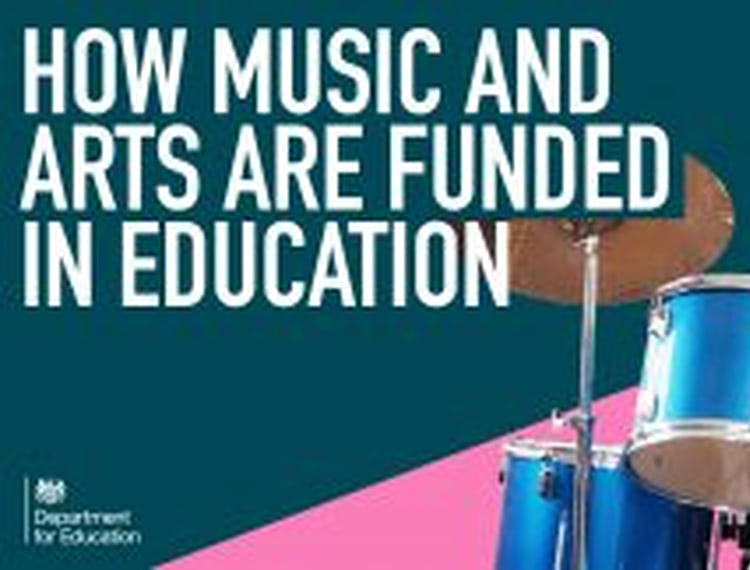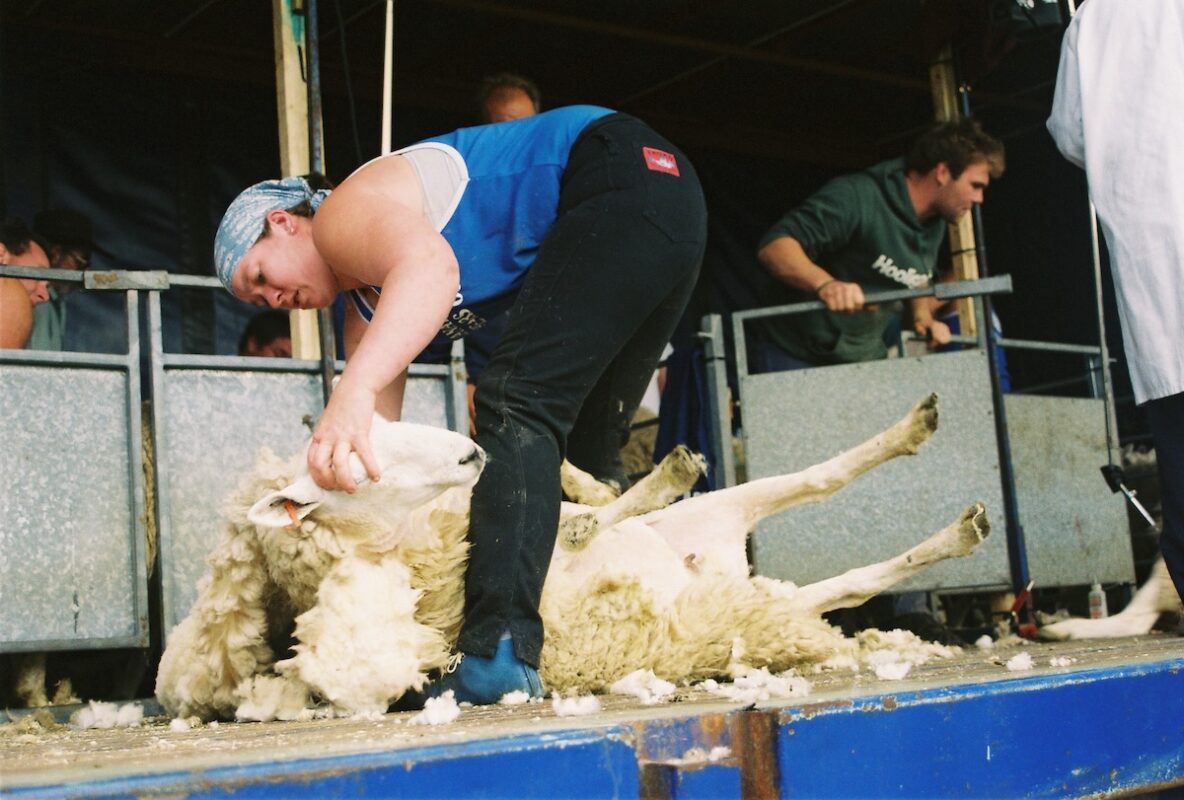Four things you may not know about music and arts education

@EducationGovUK know how important music and the arts are to a rich and well-rounded education.
From learning musical instruments to coming together in ensemble bands and choirs, music and the arts support pupils’ creativity.
Below, DfE outline the key things you might not know about music and arts education in schools:
1. Music gets extra funding over and above schools’ core budgets
Music is the second highest funded subject in schools following PE. We have invested nearly £620 million from 2016-21 in a diverse portfolio of music and arts education programmes to ensure all children and young people, whatever their background, have access to a high-quality education in music and arts.
2. Music and the arts are a compulsory part of the curriculum in council run schools until pupils are 14-years-old and academies are expected to teach a curriculum that is at least as broad and ambitious as the national curriculum
Music and the arts are included in the national curriculum and remain compulsory in all council run schools from the age of 5 to 14. After that, all pupils in those schools must be offered the opportunity to study at least one subject in the arts. Academies are also expected to offer a broad and balanced curriculum that includes the arts.
To help support this commitment, in March we published a new model music curriculum for key stages 1, 2 and 3, to help refresh music lessons as pupils returned to schools.
As part of the curriculum, pupils will learn about the great composers of the world and develop their knowledge and skills in reading and writing music.
3. We fund a network of music hubs across the England
Music Education Hubs are a national network of 119 organisations – such as councils, schools, other hubs, art organisations, community or voluntary organisations – that work together to create joined-up music education and provide specialist music education to around 90% of state-funded schools.
As part of our spending on music we have committed £79 million in the 2021-22 financial year for the hubs, which provide pupils with instruments to play in class and the opportunities to play together.
Since 2013/14, there has been an 18.44% increase in the number of pupils participating in whole class ensemble teaching.
A further £1 million will be used this year for charities which teach pupils about different styles of music.
4. In higher education we provide £53 million to the Office for Students to go to specialist providers including music and arts institutions
The music, arts, and culture industry is one of the UK’s biggest exports, and in 2019 it contributed £10.8 billion a year to the economy. That is why it’s important we maintain our world-leading cultural institutions. To support these institutions, we are proposing to provide an additional £10 million in funding for this academic year, bringing our total contribution to £53 million for the 21/22 academic year.
These contributions have supported leading arts schools and universities such as The Royal College of Art, Guildhall School of Music & Drama, Royal Northern College of Music, The Courtauld Institute of Art and The Royal Academy of Music.
This has helped the musicians, actors and artists of tomorrow to start their careers.












Responses